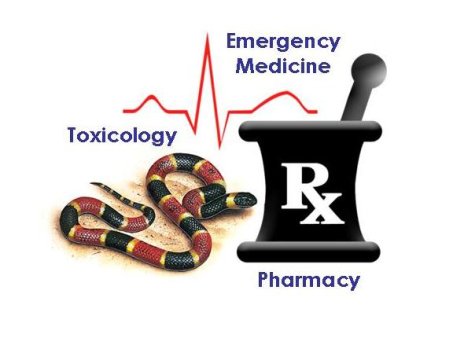Today’s pearl is why I think fluoroquinolones should be relegated to second or third-line therapy for most infections.
And should be renamed “fluoroquino-leave-them-alones”
What is a boxed warning?
Boxed warning: This type of warning is also commonly referred to as a “black box warning.” It appears on a prescription drug’s label and is designed to call attention to serious or life-threatening risks. Boxed warnings are issued by the FDA and are different than contraindications, which generally mean the drug should be avoided in that situation. It is the strongest form of warning required by the FDA for prescription drug labeling. The boxed warning is presented in a box surrounded by a black border and is placed on the drug label and any package inserts or promotional materials intended for the prescriber or patient.
Staying current with new literature is a challenge, particularly in emergency medicine where our purview covers all specialties. And, new and revised black box warnings for medications used in the ED are regularly added. In one study, only 37% of EM physicians reported that they consider BW when prescribing medications (Smollin 2016). Many of the survey respondents did not have a consistent method for staying current with black box warnings.
Fluoroquinolones (FQs) have 4 black box warnings (and lots of other serious adverse effects):
- Tendinitis/tendon rupture [black box warning] (Corrao 2006)
- Achilles tendon rupture risk increased 4.1 fold (43.2 fold in older adults taking steroids)
- Peripheral neuropathy [black box warning] (Etiminan 2014, Francis 2014)
- RR 2.07 in new users. Some case reports suggest this can be permanent in some patients.
- CNS effects (seizures/psychiatric effects) [black box warning]
- Exacerbation of myasthenia gravis [black box warning]
- Aortic aneurysm/dissection (Lee 2015)
- Rate ratio 2.43
- Retinal detachment (Etminan 2012, Raguideau 2016)
- Adjusted rate ratio 4.5
- Hypo/hyperglycemia (Chou 2015)
- Hyperglycemia as high as 7/1,000 persons
- Hypoglycemia as high as 10/1,000 persons
- QT prolongation (Mehrzad 2015, Zeltser 2003)
- Risk highest with moxifloxacin
- Risk is higher than azithromycin
- Patients who develop torsades usually have at least 1 additional risk factor
- C. difficile (Pepin 2005, Sarma 2015)
- Risk highest with moxifloxacin
- FQs have higher risk than clindamycin
Patients taking FQs are at a high enough risk that the FDA published a 2018 safety alert recommending FQs be reserved for use only in patients who have no alternative treatment options for the following indications: uncomplicated urinary tract infection, acute bacterial exacerbation of chronic bronchitis, and acute bacterial sinusitis. Unfortunately, safety alerts have not changed prescribing practices much (Cowart 2019).
Verdict
FQs should generally (ie, sometimes they are the best choice) be avoided in favor of other antibiotics. Instead, they should be considered only if other options are contraindicated or if individual patient resistant patterns leave FQs as the best option.
Additional reading
Two great summaries of the FQ adverse effects from EMPharmD blog and ALiEM blog. The risk rarely outweighs the benefit even in critically ill patients, as summarized on the EMCrit blog.
#24

